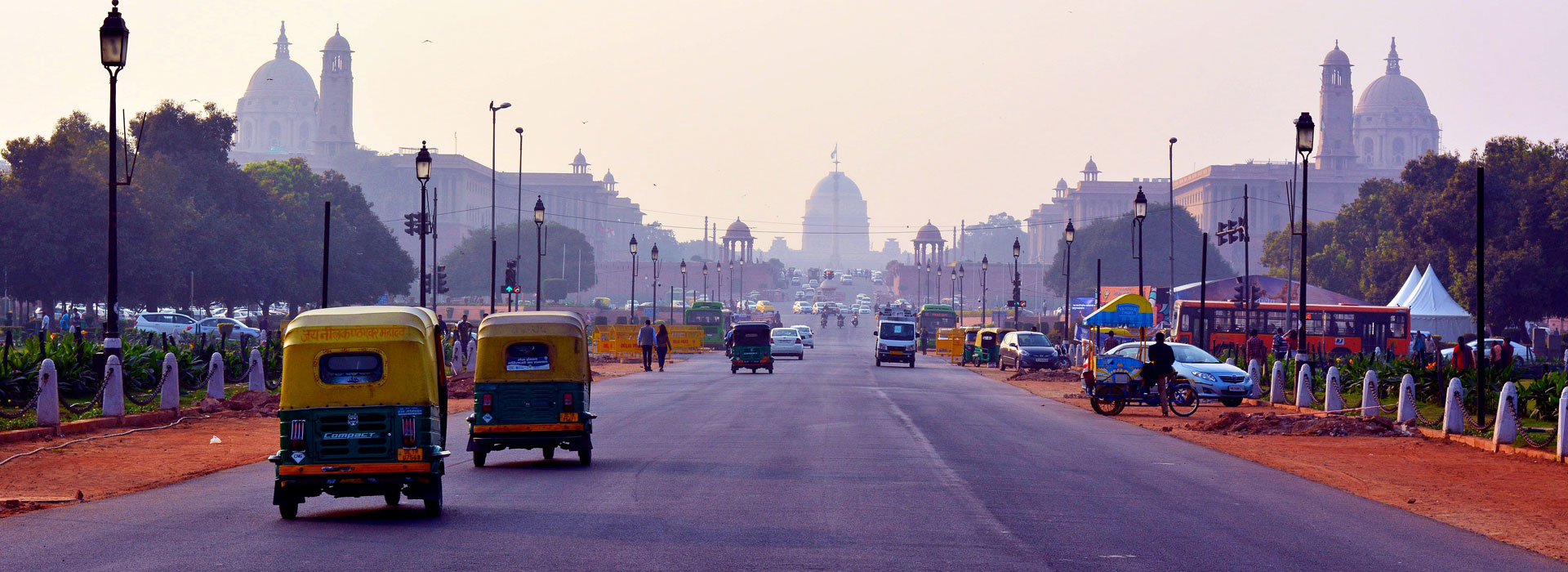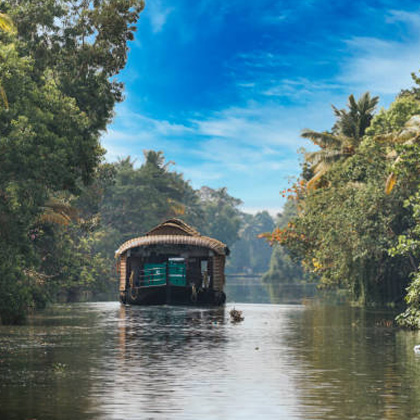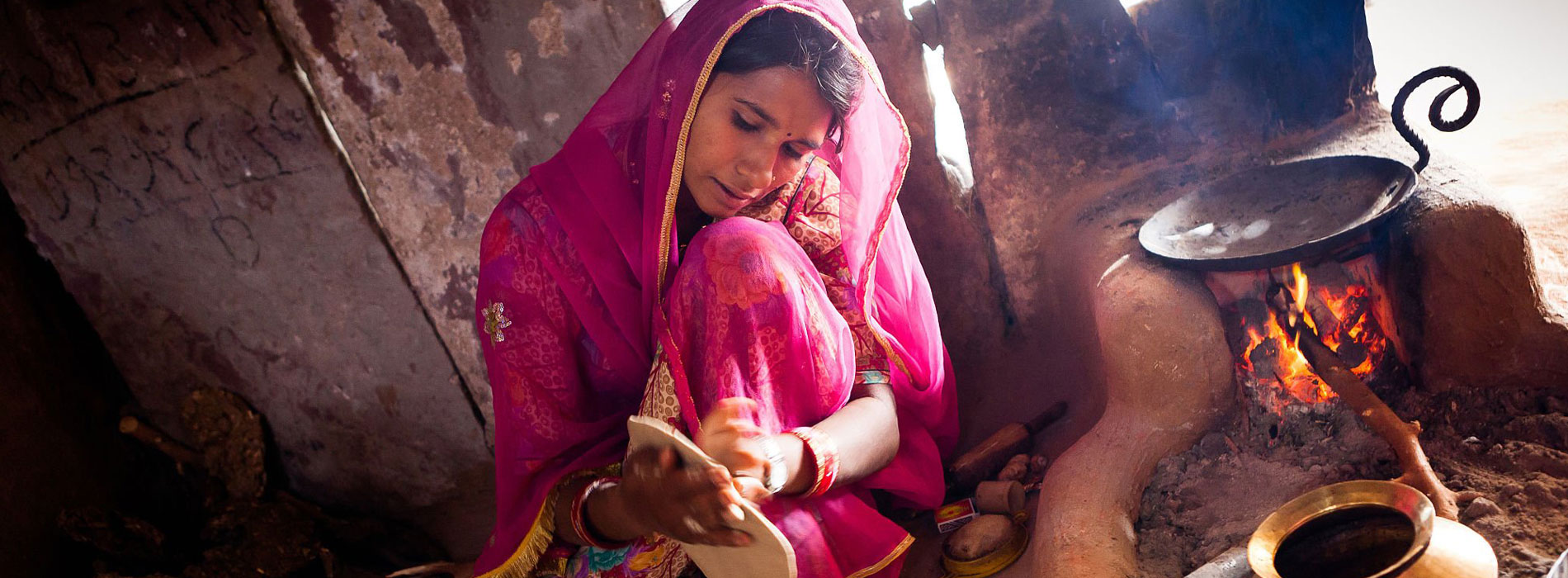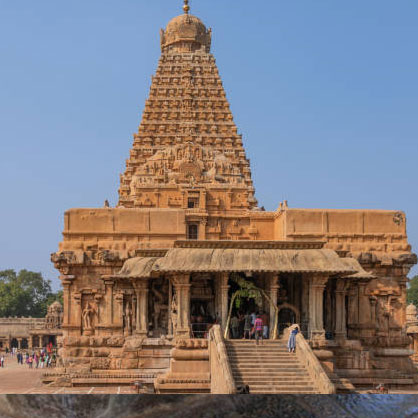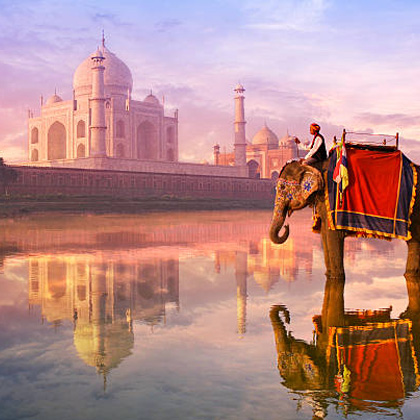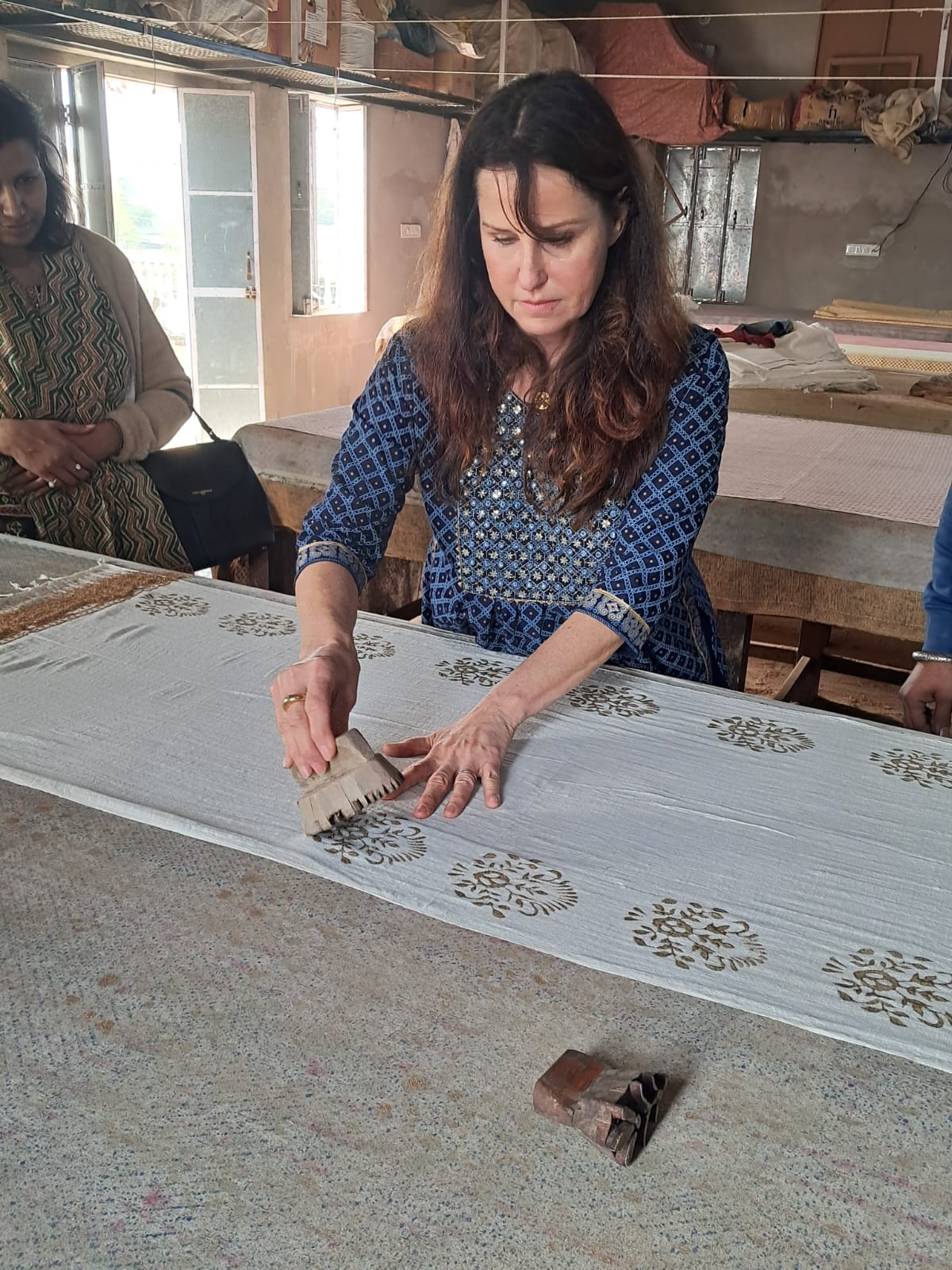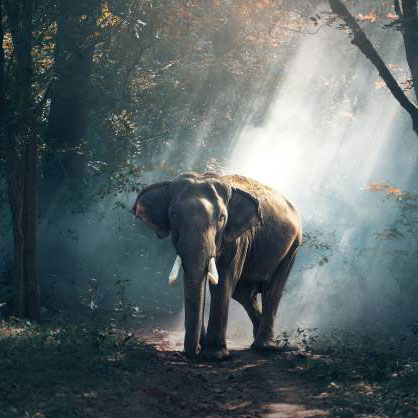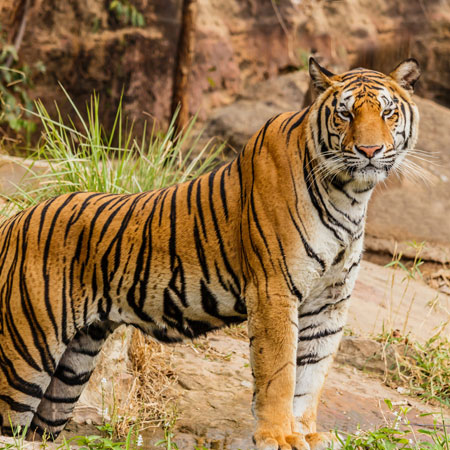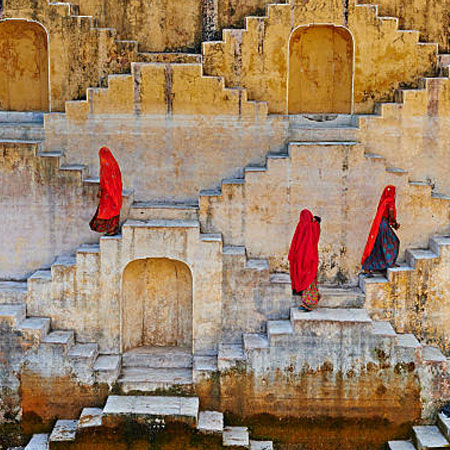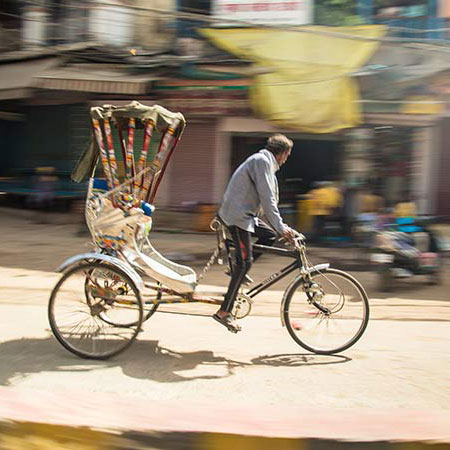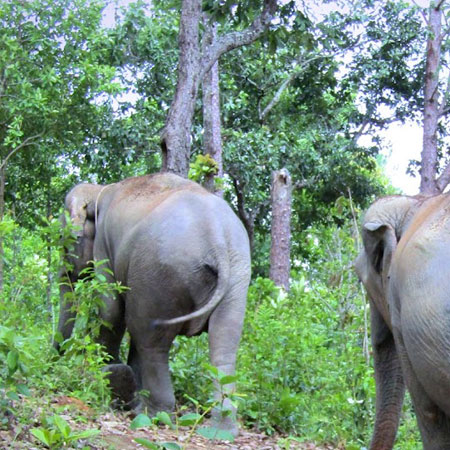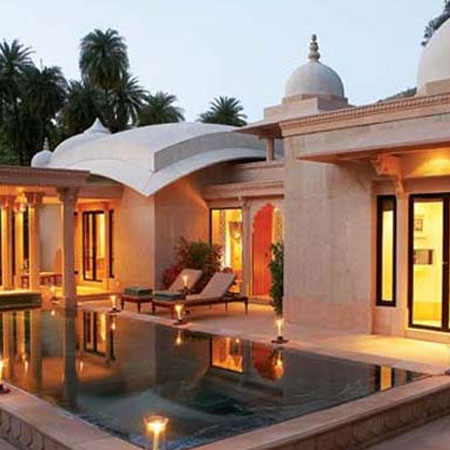Nothing quite prepares you for driving in India. City streets are perpetually jammed night and day. Cars, trucks, buses (often with people hanging off the sides and riding on top), motorcycles, mopeds, rickshaws, bicycles, carts pulled by ox or camels, cows, people – it’s complete insanity. And yet somehow it all works.
India has the second-largest population in the world, 1.2 billion people and it sometimes seems they must all be on the road at the same time. The country has stringent traffic laws, but as someone explained to me they are largely all ignored.

The three rules for driving in India are good brakes, a good horn, and good luck. Before I set off on a recent journey my driver took a few seconds to pray. He gently touched the steering wheel of his Toyota and brought his hands together in a blessing, asking for a safe journey.

Hinduism has a lot to do with why traffic works in India. In a country where people strive to do good deeds for others, angry words are rare – and given the way people cut each other off and avoid collisions by mere inches, that’s perhaps just as well. Lanes are nothing more than a suggestion – everyone swerving and trying to move forward. The cacophony of horns – of all pitches – some shrill and others melodic join together in an ear-piercing symphonic harmony.

Cars are still a luxury and motorcycles are the preferred mode of transportation. Sometimes for the entire family. A single person on a bike is rare. Two or three – sometimes even four, is not. Women ride side-saddle, their traditional saris a dazzling array of colors. Pink, red, gold, purple – the silk shimmers in the wind as the bikes weave in and out of traffic.

Indians believe very much in karma and the most important rule of the road is avoiding the sacred cows that wander the streets and highways. In a country where all animals are considered sacred, they seem to realize their chances of being hit by a vehicle are minimal and it’s not unusual to see a large cow sleeping in what would be the fast lane in the western world. Needless to say, the impact on traffic – especially during rush hour, is substantial.
India has the fastest-growing economy in the world and yet in recent decades, it’s lagged behind its northern neighbor, China. But in a sign that things are changing the government is investing money in new roads, carving through lush farmland to connect its cities. Rest areas are also being added, though it’s fair to say not perhaps at the same standard as those found alongside western highways.

Many of these roads are just being finished now and toll booths – a debatable sign of progress, remain empty. But these new highways do have the benefit of fences to keep cows off the road.

 Menu
Menu